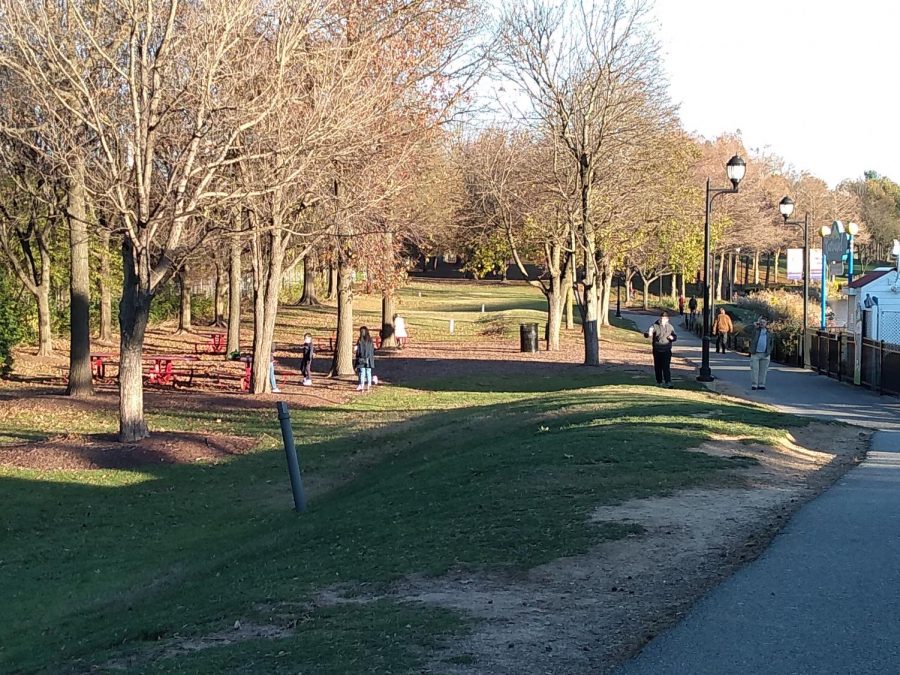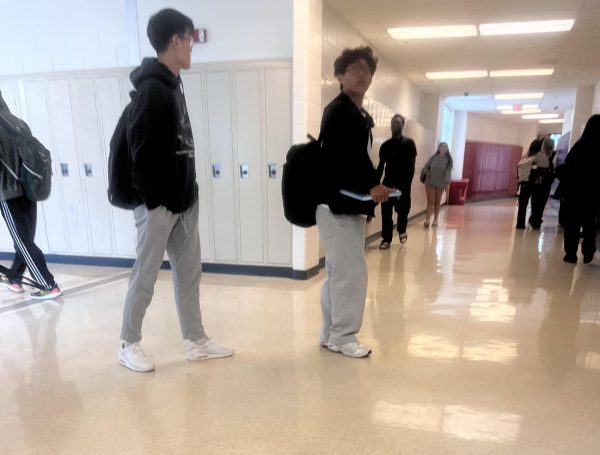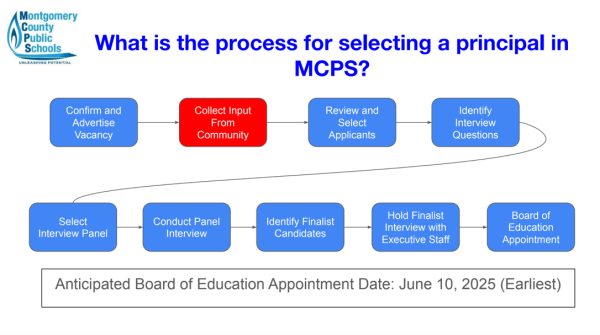Despite increasing COVID-19 cases, quarantine fatigue plagues nation
A group of people walk around in Rio Lakefront at 9811 Washingtonian Boulevard, with some practicing safety precautions.
The COVID-19 pandemic has had an unprecedented impact on people’s lives. It has forced a large number of people to stay in their homes, utilizing Zoom meetings to attend classes or do work. However, given the amount of time that has transpired since the beginning of the quarantine efforts, people are growing restless, and giving in to what is commonly known as quarantine fatigue.
This effect is already causing noticeable impacts in the behaviour of the general public. According to the Washington Post, the general public had already begun to stay home less and spend more time outdoors as early as last April. And despite the danger of catching the virus, some people are still choosing to ignore its effects.
Indoor restaurants, public gymnasiums, and other facilities are still being used extensively by the public, and the number of people using U.S. airlines has almost quadrupled in the last six months. Statistics also show that the public is less concerned about the pandemic than they were during the initial outbreak. According to TIME Magazine, “Almost 40% of respondents to a recent Ohio State University survey said they plan to gather with at least 10 people for Thanksgiving, even though in many areas this comes with the likelihood of sharing a table with an infectious person.”
This is in spite of the fact that coronavirus infections in the United States are increasing. According to an article published in the New York Times, approximately one million of the 11 million reported COVID cases in the U.S. were recorded in the week of Nov. 15, and the average of new cases reported daily has increased by 80% compared to the average in the last week of August. “About a third of the population knows someone who has died from the virus,” researchers say.
The Los Angeles Times provides further corroborating evidence, stating that cases are increasing in 46 states, hospitalizations due to the virus have doubled since the week of Oct. 10, and deaths have increased to over 1,000 per day in the U.S. alone.
All of these impacts have been linked to the emotionally draining effects of quarantine fatigue. “People have quarantine fatigue. They’re tired of it. They want to go over to their friend’s house and have poker night just like they used to. They’re tired and they want to see their families, so they’re going ahead to the birthday parties,” Dr. Erin Carlson, an associate clinical professor in the College of Nursing and Health Innovation at the University of Texas at Arlington, said.
With reopening efforts already being mentioned by state governments, some people have become less mindful of the safety precautions necessary. Addressing the problem of quarantine fatigue, therefore, could have potential benefits in helping to address the problem of the virus. “I wouldn’t be surprised if a lot of people, especially students, are facing quarantine fatigue since they yearn for a sense of normalcy. Not only that, but most restrictions are pretty simple, wearing a mask, limiting capacity and social distancing, so there are many people who want to get back to normal activities during the pandemic,” junior Sreejato Chatterjee said.
Quarantine fatigue is characterized by a variety of negative emotional responses to the extra restrictions on people’s lifestyles due to the pandemic. According to the Massachusetts General Hospital, those responses can include but are not limited to an increase in irascibility, conflict with others, social isolation, loss of motivation and therefore possible alterations to sleeping and eating schedules.
It is important to note, however, that different people can express symptoms of quarantine fatigue in a wide range of fashions. “There is no ’right’ way to feel right now and however you may be feeling is valid in its own right,” Luana Marques, PhD, the director of Community Psychiatry PRIDE said. “The key here [to solving this problem] is to figure out what we can put into place at home so that our mental health feels manageable without putting others at risk of contracting the virus.”
The Massachusetts General Hospital’s advice includes practicing mindfulness, thereby activating connections in the prefrontal cortex of the brain, increasing people’s awareness and attention to their situations. Nutrition, regular exercise, and a proper sleep schedule can also be helpful. In addition, while it can be difficult given the circumstances, finding time for social interaction, both over Zoom and with people in one’s house, can contribute to one’s ability to adapt to the isolation of quarantine.
Your donation will support the student journalists of Thomas S. Wootton High School. Your contribution will allow us to purchase equipment and cover our annual website hosting costs.
Elliot Wang is a 2021 graduate.







